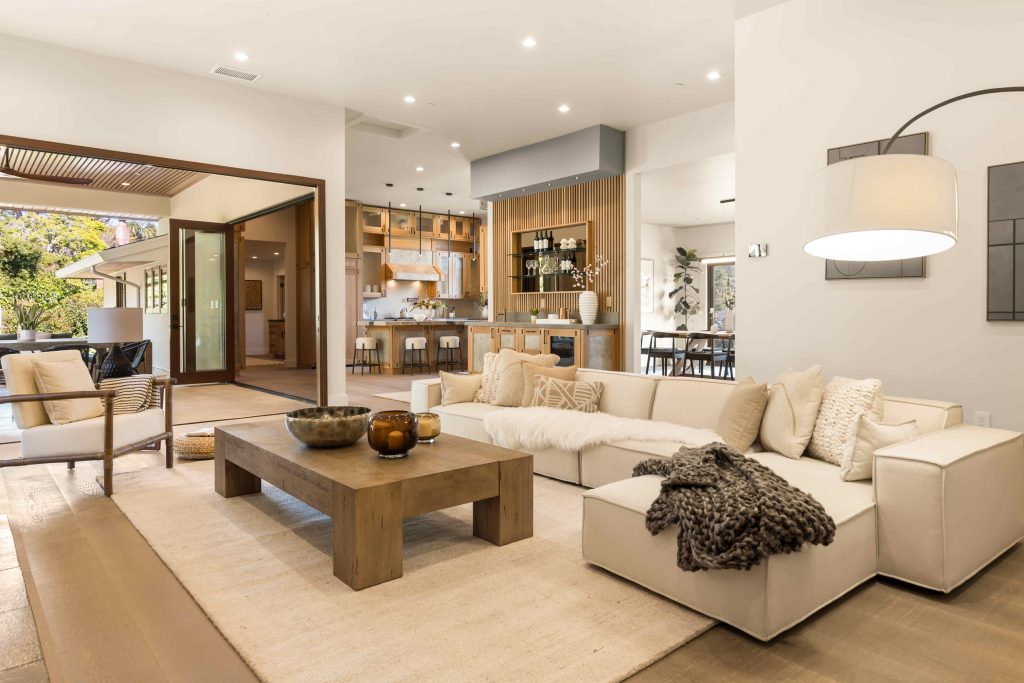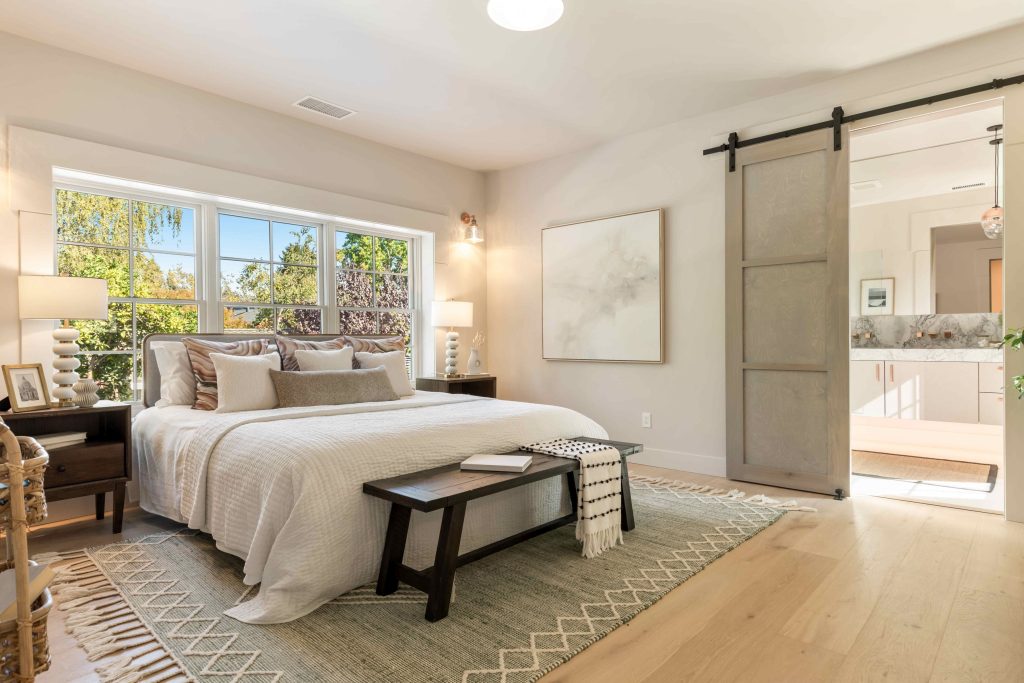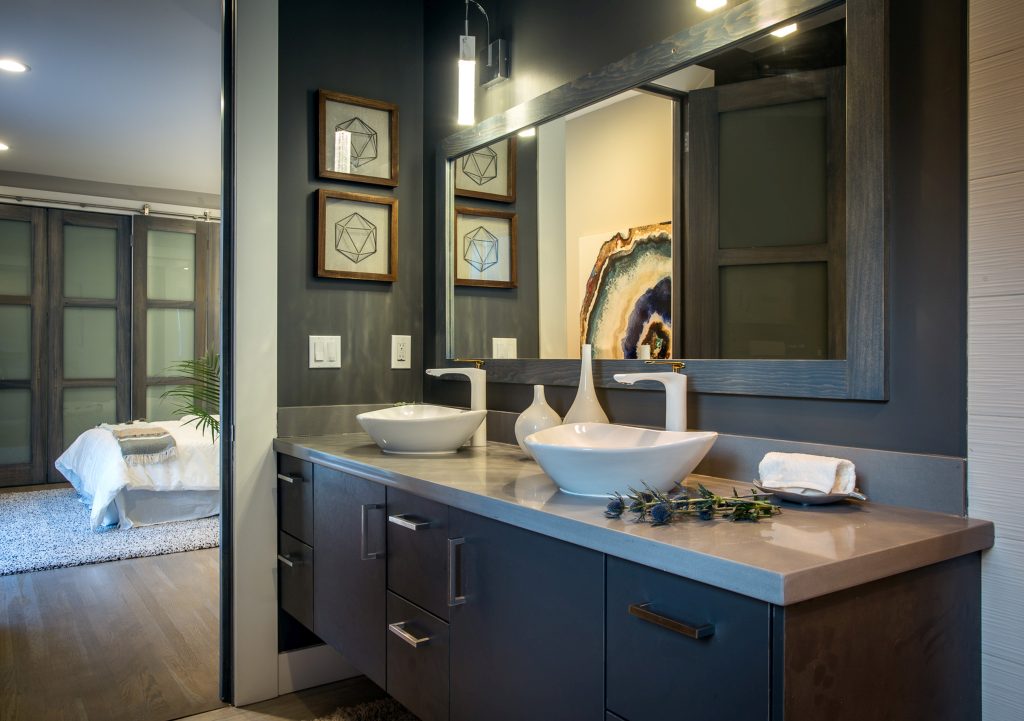In the dynamic landscape of real estate, few concepts have sparked as much interest and innovation as the Accessory Dwelling Unit, commonly known as an ADU. These versatile living spaces, also referred to as granny flats, in-law units, or secondary suites, are revolutionizing the way we think about housing. Whether you’re a homeowner looking to maximize your property’s potential, a city planner seeking solutions to housing shortages, or a prospective buyer intrigued by the possibilities, understanding ADUs is crucial. This article delves into what ADUs are, their benefits, types, legal considerations, and their transformative impact on the real estate market.
Defining ADUs
An Accessory Dwelling Unit (ADU) is a secondary residential unit that shares the same lot as a primary dwelling. These units can be attached to the main house, like a converted basement or garage, or they can stand alone as separate structures in the backyard. Despite their smaller size, typically ranging from 400 to 1,200 square feet, ADUs are fully functional homes, complete with a kitchen, bathroom, living area, and bedroom.
The Rise of ADUs
The increasing popularity of ADUs can be attributed to several factors:
- Housing Shortages: Many urban areas are experiencing a critical shortage of affordable housing. ADUs offer a way to increase housing density without altering the character of neighborhoods significantly.
- Affordability: Building an ADU is often more cost-effective than purchasing a new home or adding a traditional extension to an existing property. They provide affordable housing options for renters and a potential source of rental income for homeowners.
- Aging Population: As the population ages, there is a growing need for flexible living arrangements. ADUs offer an ideal solution for multigenerational living, allowing elderly family members to live independently while remaining close to loved ones.
- Sustainability: Smaller homes typically require fewer resources to build and maintain. ADUs contribute to sustainable living by maximizing the use of existing urban space and reducing the need for new infrastructure.
Types of ADUs
ADUs come in various forms, each with its unique characteristics and advantages:
- Detached ADUs: These are standalone units built separately from the main house. They provide the most privacy and flexibility in design. Examples include tiny houses or small cottages in the backyard.
- Attached ADUs: These units are physically connected to the main house but have a separate entrance. Converting a garage or building an extension are common methods of creating attached ADUs.
- Interior ADUs: These are created within the existing structure of the primary home. Basement apartments and attic conversions are typical examples. Interior ADUs are often the least expensive to construct, as they utilize the existing building envelope.
- Garage Conversions: These involve transforming an existing garage into a living space. This type of ADU is particularly popular in urban areas where garages are often underutilized.
Benefits of ADUs
The benefits of ADUs extend beyond just providing additional living space. Here are some key advantages:
- Income Generation: Homeowners can rent out ADUs for extra income, making it easier to afford their mortgage or cover other expenses.
- Flexibility: ADUs offer flexible living arrangements for families. They can house elderly parents, adult children, or provide a private space for guests.
- Increased Property Value: Properties with ADUs often see an increase in value due to the added living space and potential rental income.
- Affordable Housing: ADUs provide more affordable rental options, helping to address the housing affordability crisis in many urban areas.
- Community and Family: ADUs can strengthen family bonds by allowing different generations to live close together while maintaining privacy.
Legal Considerations
While the benefits of ADUs are substantial, there are several legal and regulatory considerations to keep in mind:
- Zoning Laws: Local zoning regulations play a significant role in determining whether and where ADUs can be built. Homeowners must ensure their property complies with these regulations before proceeding with construction.
- Permitting: Building an ADU typically requires obtaining various permits, including building, electrical, plumbing, and possibly environmental permits. The permitting process can be complex and time-consuming.
- Size and Design Restrictions: Many jurisdictions have specific requirements regarding the size, height, and design of ADUs. These regulations are intended to ensure that ADUs blend harmoniously with the surrounding neighborhood.
- Parking Requirements: Some areas require additional parking spaces for ADUs, which can be a challenge in densely populated regions.
- Utility Connections: Connecting an ADU to existing utilities (water, sewer, electricity) can be a significant expense. Homeowners should factor in these costs when planning their ADU project.
The Future of ADUs
As cities grapple with housing shortages and affordability issues, ADUs are likely to play an increasingly important role in the real estate landscape. Progressive legislation is making it easier for homeowners to build ADUs, and innovations in design and construction are reducing costs and expanding possibilities.
For example, some cities are introducing pre-approved ADU plans to streamline the permitting process, while others are offering financial incentives to encourage ADU construction. Additionally, advancements in modular construction and prefab homes are making it faster and more affordable to build ADUs.
Conclusion
In conclusion, Accessory Dwelling Units (ADUs) are reshaping the real estate landscape by providing versatile, affordable, and sustainable housing solutions. They offer homeowners a unique opportunity to maximize their property’s potential while addressing critical housing shortages and affordability issues in urban areas. With progressive legislation and innovative construction methods, the future of ADUs looks promising. As cities and homeowners continue to embrace this dynamic trend, ADUs will undoubtedly become a vital component of modern living. For those looking to elevate their property with cutting-edge design and unparalleled craftsmanship, choose Anura Design—where innovation meets elegance for a home that truly stands out.



